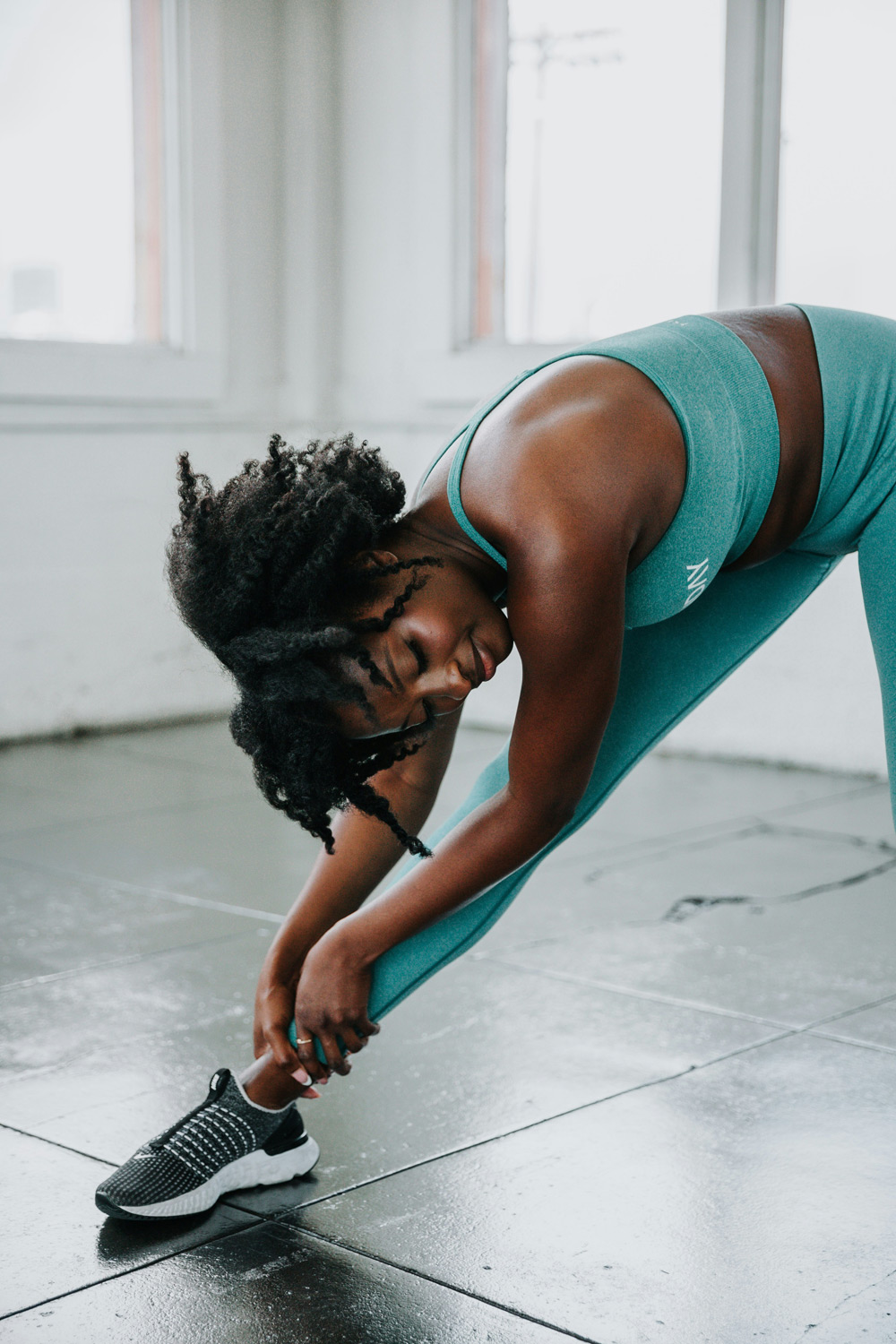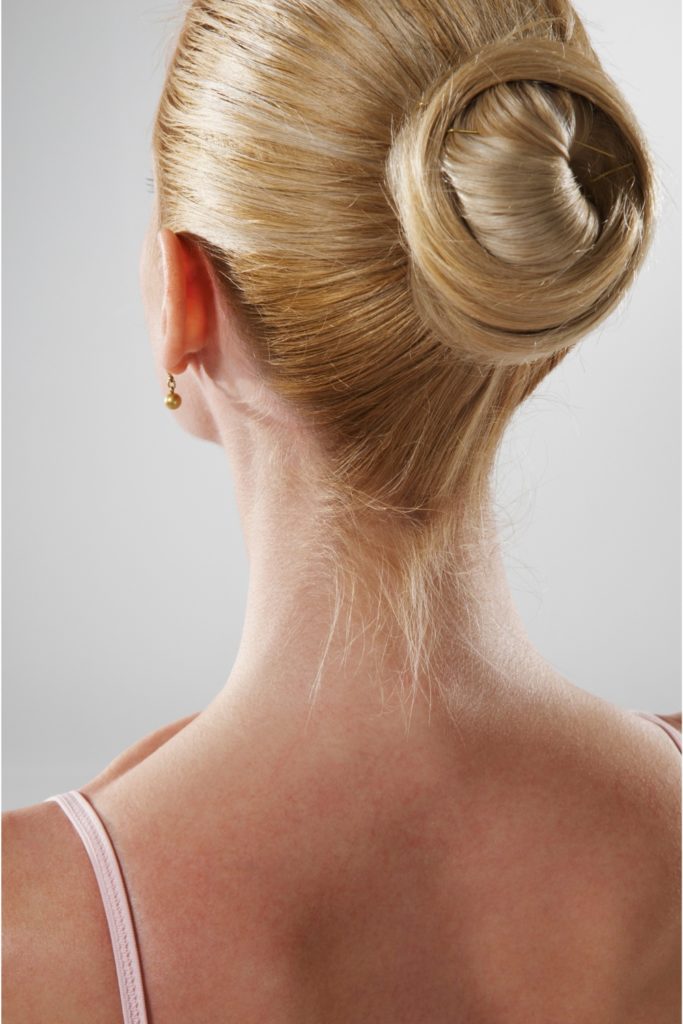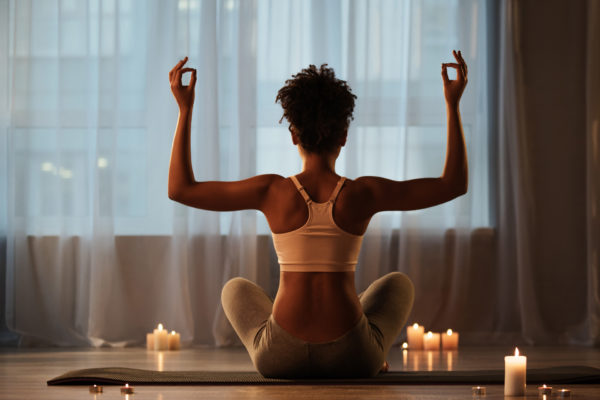
Is TikTok’s 3-2-1 Fitness Method Worth The Hype?
By
2 months ago
Here’s what the experts think of the viral trend
TikTok loves a numbered wellness challenge – from the notoriously tough 75 Hard to 28-day wall Pilates and the 30/30/30 rule. The latest to take off? The 3-2-1 method, a structured workout plan believed to deliver consistent results. But is this just another fad, or is there merit to the viral trend? We asked the fitness professionals.
What Is The 3-2-1 Fitness Method?
The 3-2-1 method is simply a way of planning your workouts each week. Most commonly, it involves three strength workouts, two Pilates classes, and one cardio or conditioning session, but other versions recommend two cardio days and one Pilates day instead. TikTok is awash with videos about the routine right now, but it’s thought the method was coined by fitness influencer Courtney Fisher in 2023, a coach who was keen to move away from HIIT and develop a sustainable, 360 approach to exercise.
What Are The Benefits?
It provides structure
‘For any workout method to work, there needs to be structure and consistency; this method provides that,’ says Andy Carr, Head of Fitness for Snap Fitness UK. Having a weekly framework can make planning and scheduling workouts easier – plus it’s balanced, which keeps things interesting and improves motivation. ‘Alternating muscle groups, trying new workouts and “themed” routines can prevent boredom for many going to the gym, which means you’re more likely to stick with it for longer,’ Carr adds.
It can be adapted
Although six workouts a week might feel like a lot, the 3-2-1 method can be adapted for different fitness levels. Carr praises its scalability: ‘it is applicable for newcomers and experienced gym go-ers – this means that an experienced gym go-er can be doing the same routine as their more inexperienced gym partner, but both be building a stronger, healthier body together.’ A beginner can plan shorter or slower runs, for instance, and user lower weights in strength training workouts.
@justtcocoo The weekly split that transformed my life! Follow this 3-2-1 strength x pilates method to fall back in love with your training plan and results. Once you start, youll never look back! Comment below it youre doing the 321 split #321method #321methodworkout #girlsthatlift #gymgirl #workoutvideosforwomen #dumbbellworkoutforwomen ♬ original sound – Ed Westwick
It encourages a well-rounded approach
Variety is key for a good fitness routine, as different types of exercise offer different benefits. ‘Strength training maximises bone density and compound exercises like squats, deadlifts and shoulder presses allow us to build muscle and boost metabolism,’ notes Steffi Alexander, a coach at F45 and FS8. Weight training is also crucial for bone density and muscular strength, particularly as we age. Cardiovascular workouts, meanwhile, are important for our heart health, while low-impact exercise such as Pilates, barre and yoga, supports flexibility, balance and mental wellbeing.
Reduces risk of injury
By mixing up your workouts, you’re cutting your risk of an injury. Anyone who has trained for a marathon will know overdoing it on the running can wreak havoc on your knees, and Pilates helps prevent injury by encouraging proper body alignment and addressing muscular imbalances. Alternating between high and low-intensity exercise also means you’re giving your body adequate recovery time, and as Carr points out, ‘this means you won’t be left feeling burnt out from a gruelling schedule, preventing additional rest days and allowing you to reap the rewards.’

GettyImages
What Are The Drawbacks?
While the 3-2-1 method offers plenty of benefits, it won’t be for everyone. Six workouts each week is a lot to commit to, and some people simply won’t have time to fit them all in. Others might be training for something in particular, such as a running race or a Hyrox challenge, which will require a different kind of training plan.
And while the flexibility of the method has its perks, Carr points out that this also leaves people to figure out a lot for themselves. ‘You’ll need to choose the workouts yourself, and decide how hard you work (reps, sets, weights),’ he notes. Some people will need more guidance than this to deliver effective results.
Overall, though, the method has lots of positives – most importantly, the fact that it’s encouraging a sustainable approach to fitness as opposed to a quick fix. ‘Trends are traditionally billed as “fast results” or “shred body fat in 30 days” while this is a more accessible workout method that will be attractive to those who want the flexibility to try different things and not be tied to consistently following a rigid plan,’ concludes Carr.
Thinking of giving it a go? Remember: ultimately, the challenge is about developing a positive relationship with fitness, so adapt it to suit your needs – and don’t beat yourself up if you miss a workout.









